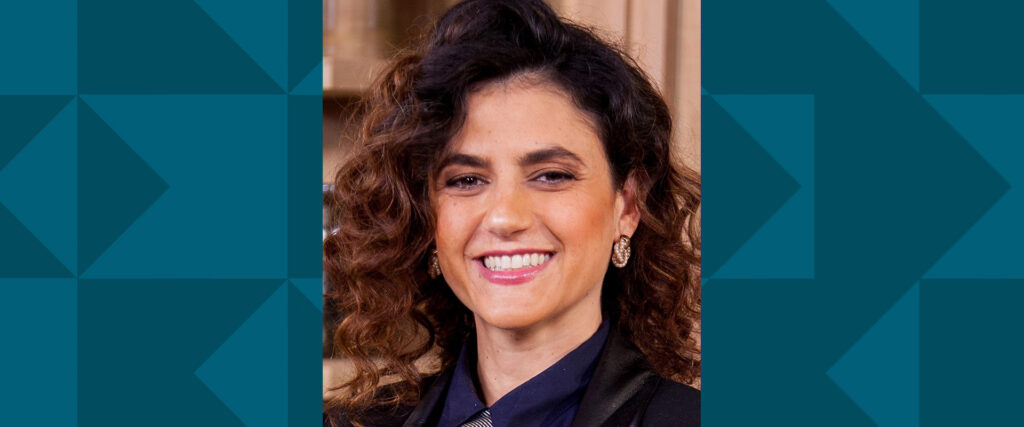MAIN IMAGE: Yael Geffen, CEO of Lew Geffen Sotheby’s International Real Estate.
Yael Geffen
Whilst there has never been a more interesting time to be in business, the current marketplace doesn’t allow companies to rest on their laurels in order to maintain market share and customer loyalty.
For over a decade, businesses have been exposed to increasingly volatile and competitive market conditions with the digital age disrupting most aspects, from customer preferences to the very way in which we conduct business and only those which have been able to adapt have retained their positions.
In today’s dynamic market, it’s essential for brands to constantly innovate and to offer unique products and services in order to retain customer loyalty amidst the tough competition, and one of the most effective ways to do so is through considered brand collaboration.
Essentially, this is a strategic partnership between two or more brands in order to offer a specific product or service with an intention to attain a competitive advantage at the marketplace. It also enables them to explore new territories and engage with consumers in new ways.
Brand collaboration is by no means a new concept, but it is fairly recent in the luxury brand arena where it is now on the rise and, in South Africa especially, it’s new ground for the real estate market.
A recent WGSN survey for Walpole, the British association of luxury brands, found that partnerships have become a key tactic for bridging online and offline experiences, with 78% of the luxury brands surveyed listing collaborations as key to gaining traction in the emerging market landscape.
Further insights from the report include the imperative for brands to provide more than products to purchase; they also have to position themselves as facilitators of exclusive and inspirational experiences.
Every business offers a product or service, but to truly connect with consumers, companies should consider how these fit into people’s lives and strive to be a lifestyle brand – one that embodies the values, aspirations, interests, attitudes, and even opinions of their market.
Lifestyle brands seek to inspire, motivate, and guide people through their products contributing to the definition of the consumer’s way of life. With this in mind, our ethos is to cater for the aspirational and want to journey with our customers, for them to live their best life, a life that inspires them.
Which is why, with our current collaboration, instead of merely giving away products we offer luxury, bucket list experiences.
In South Africa, giveaways in the real estate industry are becoming increasingly common, especially in a tough market, but in the international arena, real estate companies have begun collaborating with big name brands to offer clients experiences they might not otherwise have.
Lew Geffen Sotheby’s International Realty has brought this to the local market with a competition that is currently underway with six South African luxury accommodation brands and mtbeds.co.za.
We also realise that whether it’s a cottage or a castle, everyone is aspirational and that’s what our brand taps into. So, what better way to celebrate than by winning luxury getaways around our beautiful country in the most beautiful and desirable establishments?
And, in an age where the cost of living escalates daily and nothing is free, competitions that reward customers for their loyalty can be a valuable marketing tool, especially when desirable brands collaborate to offer even greater value.
There are other effective ways in which brands can collaborate, depending on what your key objectives are and what product, service or reward you want to offer customers.
A growing number of brand powerhouses are joining forces to create a unique product in order to strengthen both brands’ appeal. In major cities like Miami, luxury fashion and motor brands are in collaboration with big-name architects to create opulent residential developments like Fendi Chateau and the Porsche Design Tower.
Creating collaborative content can also be very effectual if there is compelling synergy between the brands as was proven by the partnering of Gucci and world-renowned publisher GQ to create a native content campaign in an attempt to make a greater impact on its customers.
Many brands are taking influencer collaborations to the next level by creating brand ambassador programmes. The ambassadors use the products on an ongoing basis and promote them at every opportunity, most often at events and online where they share their day-to-day experiences with the product.
There are significant benefits to be gained from successful brand collaboration, including increased market share, broadening customer bases, cross selling and increased brand reach.
When brands form an alliance, the main objective is to gain the competitive edge in the market by offering a unique and innovative product to customers with the hope of acquiring an elevated market share which will allow them to enjoy a higher return on investments and increased profits.
Collaboration also helps the brands to reach customers they may not have otherwise been able to – and to widen their customer base in the long term.
To truly stand out and retain customer loyalty, luxury brands should be leveraging relevancy, aspirations and exclusivity, whilst ensuring they always put the customer first and brand collaboration is becoming one of the most crucial elements of brand management and the overall marketing strategy in today’s marketplace.
About the author: Yael Geffen is the CEO of Lew Geffen Sotheby’s International Real Estate.








